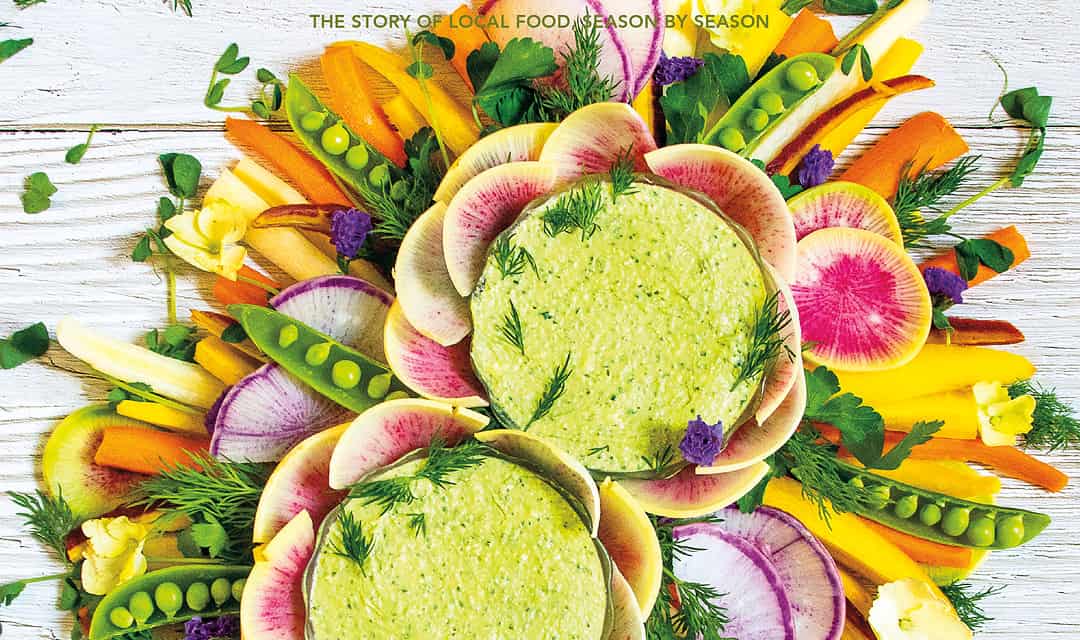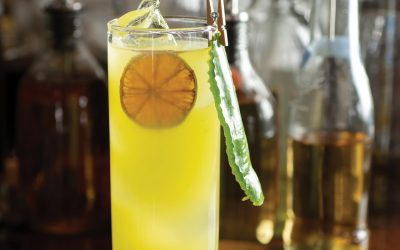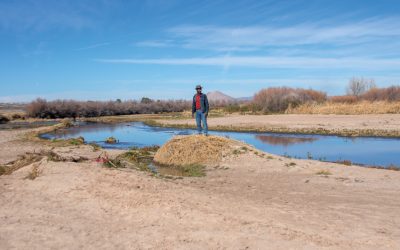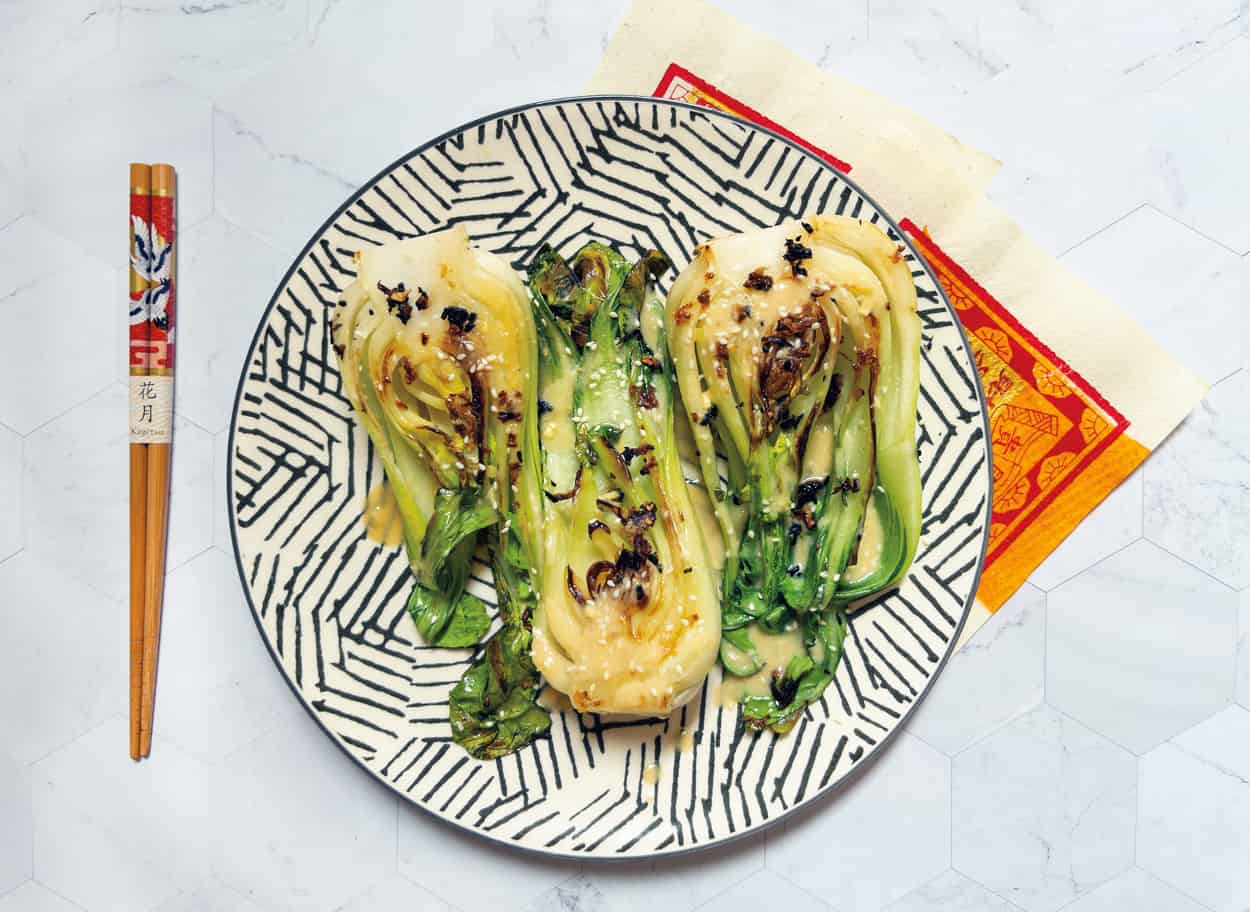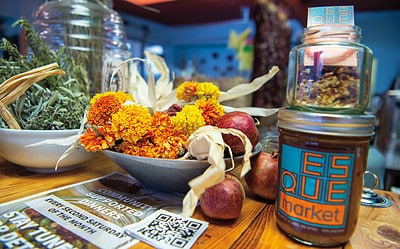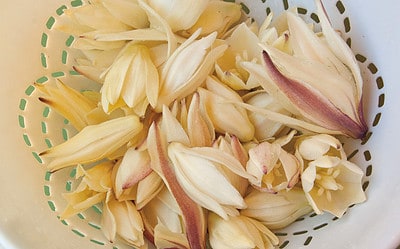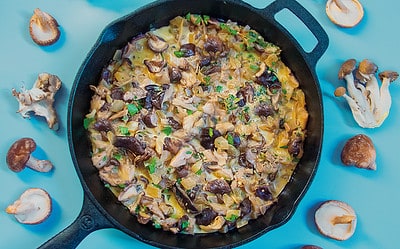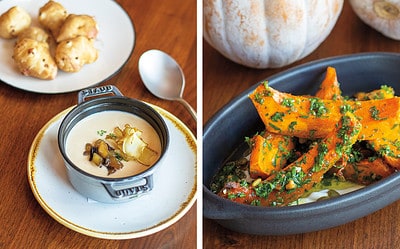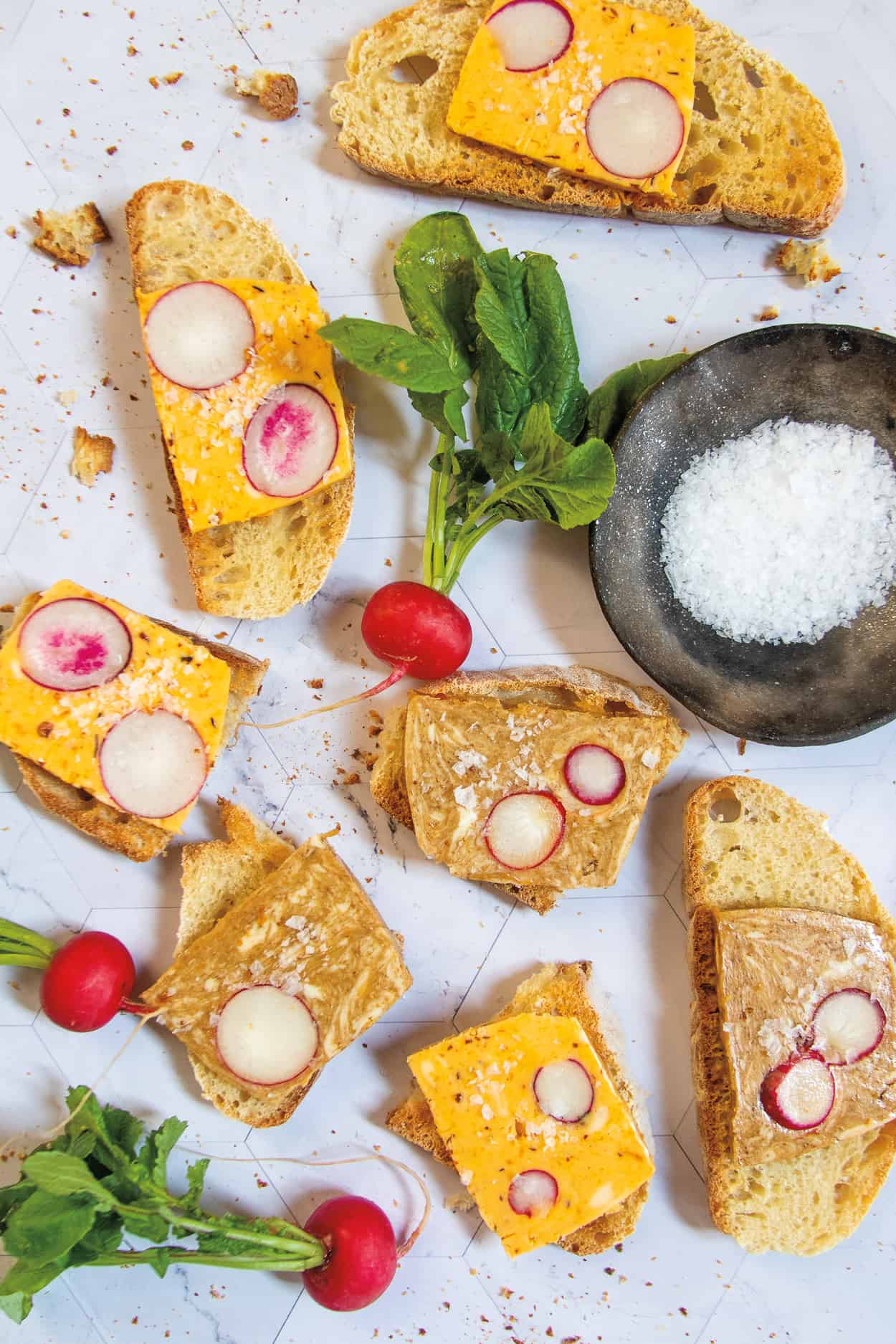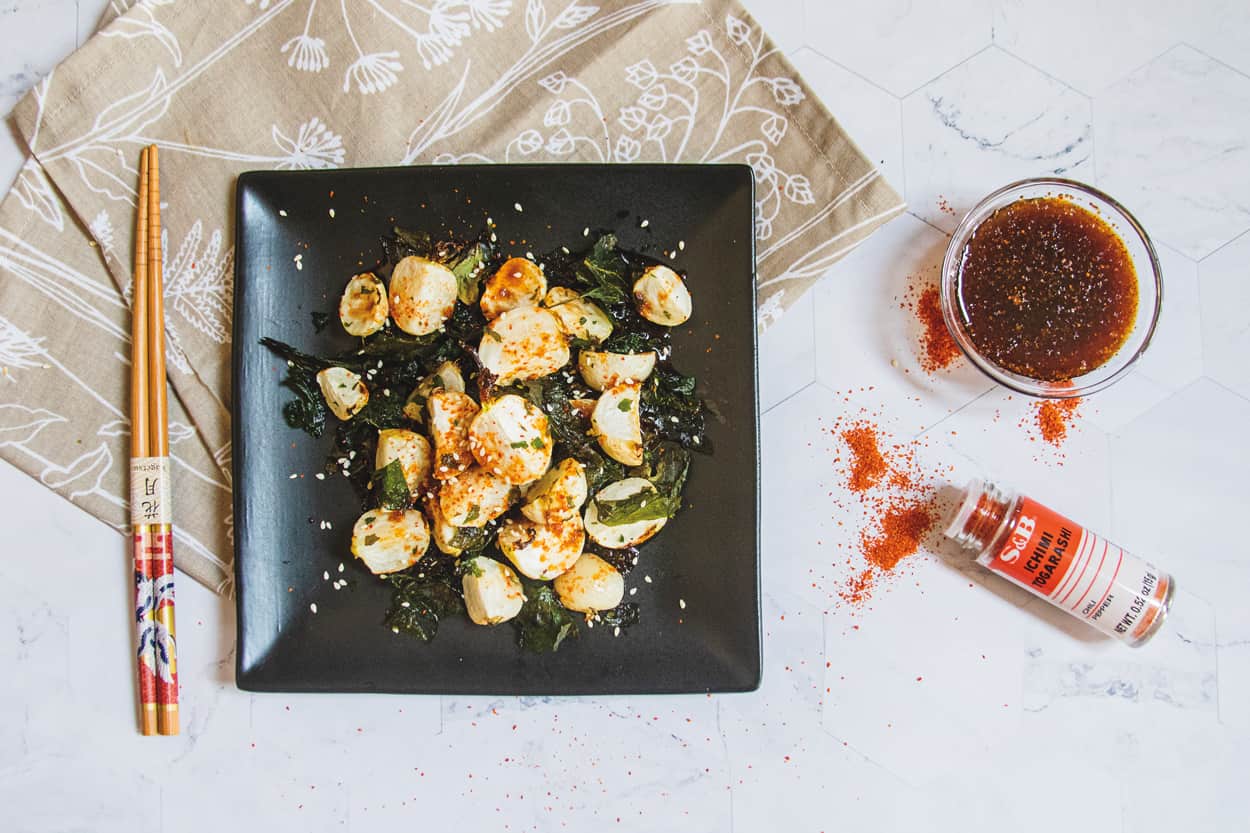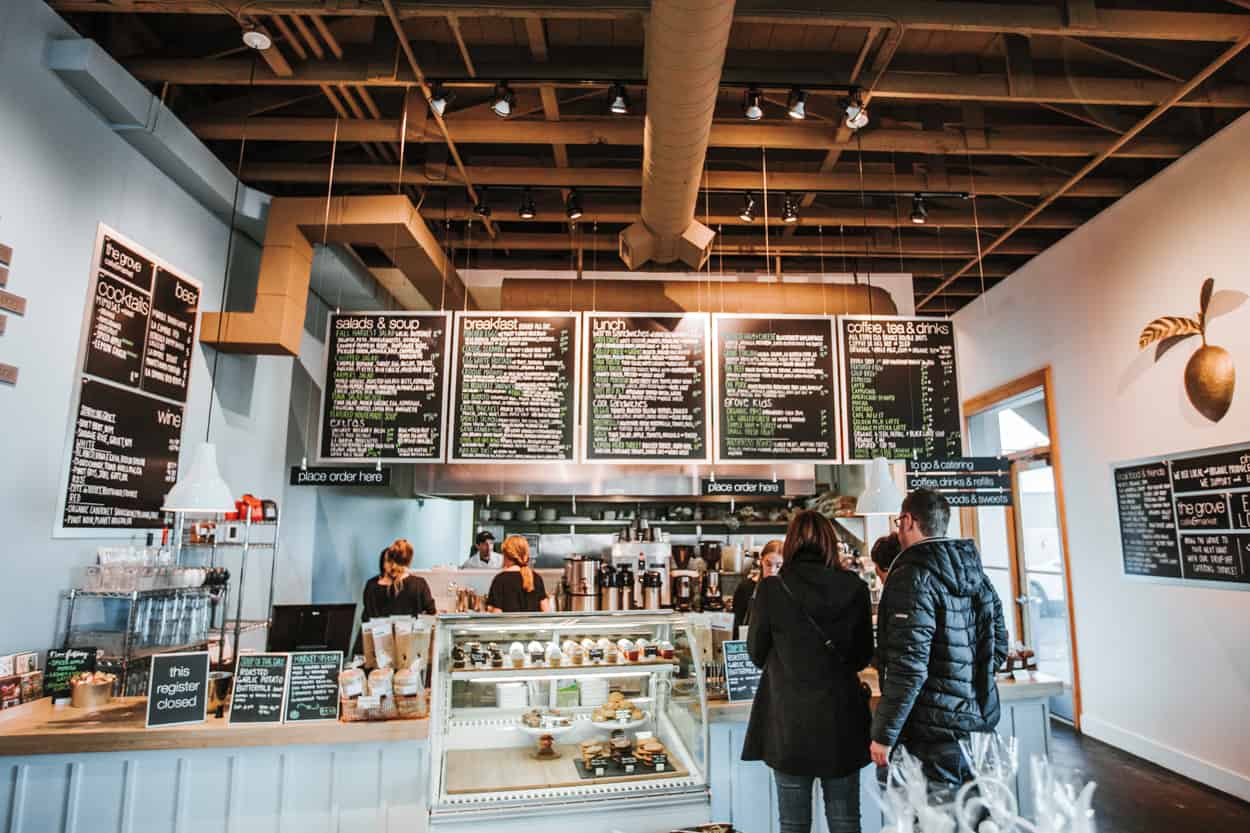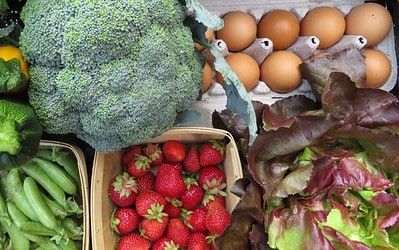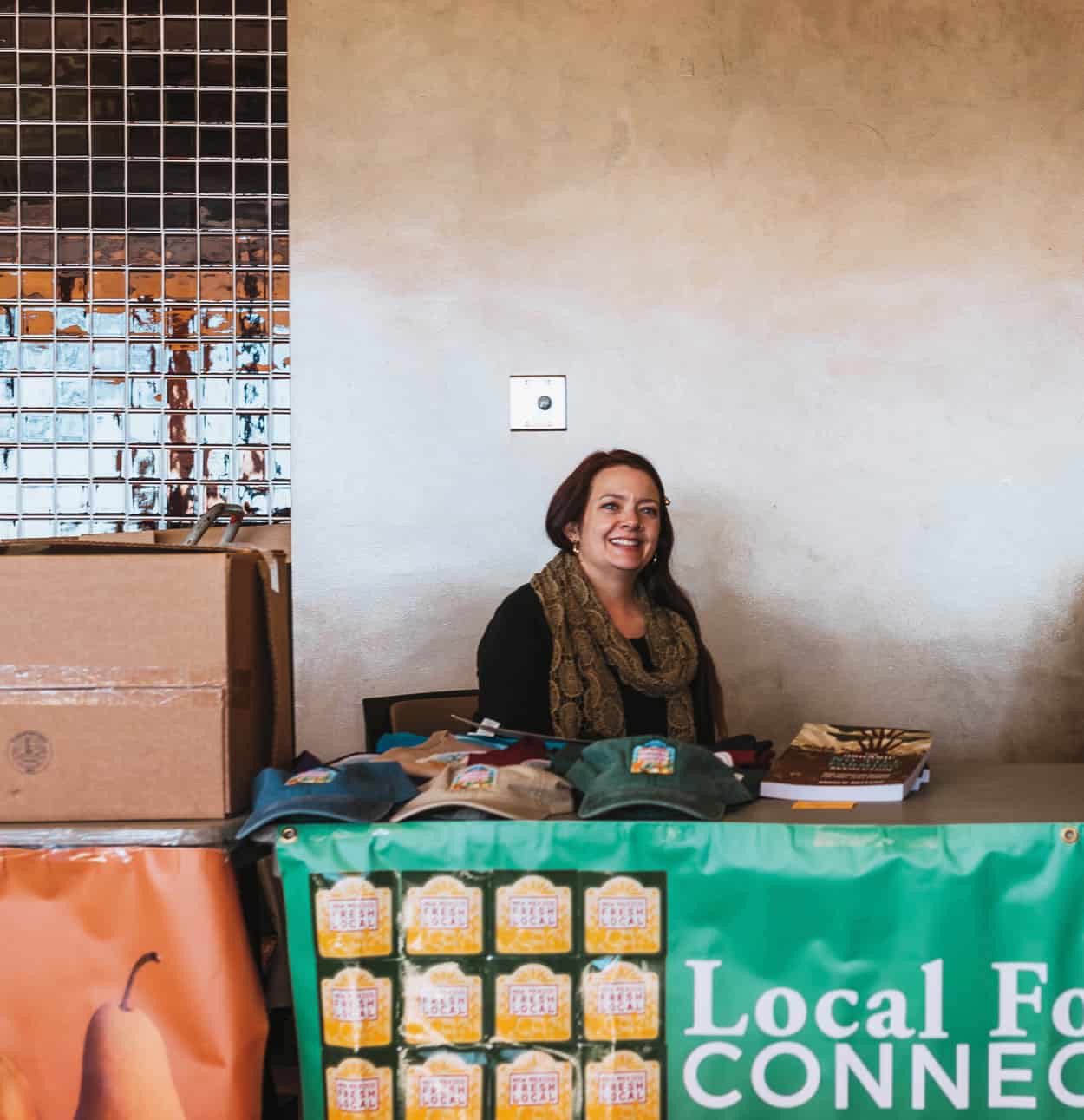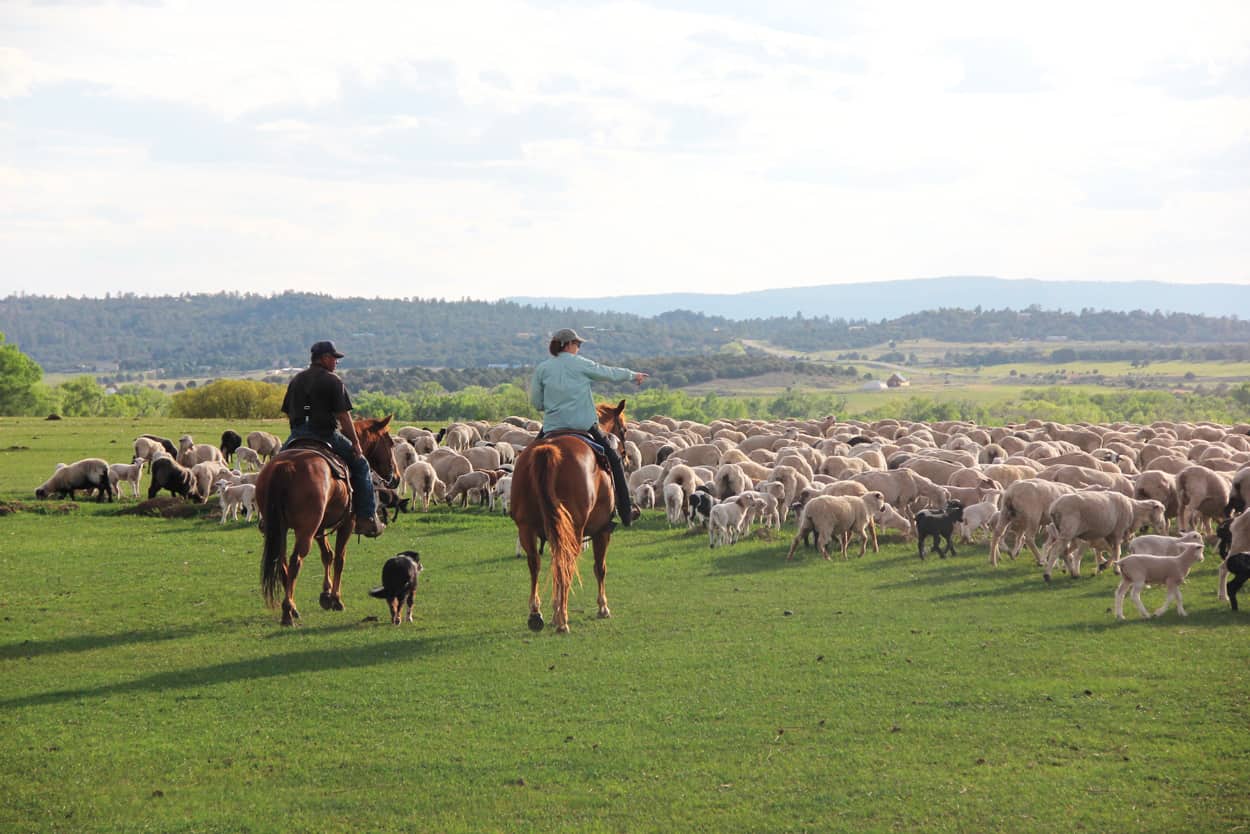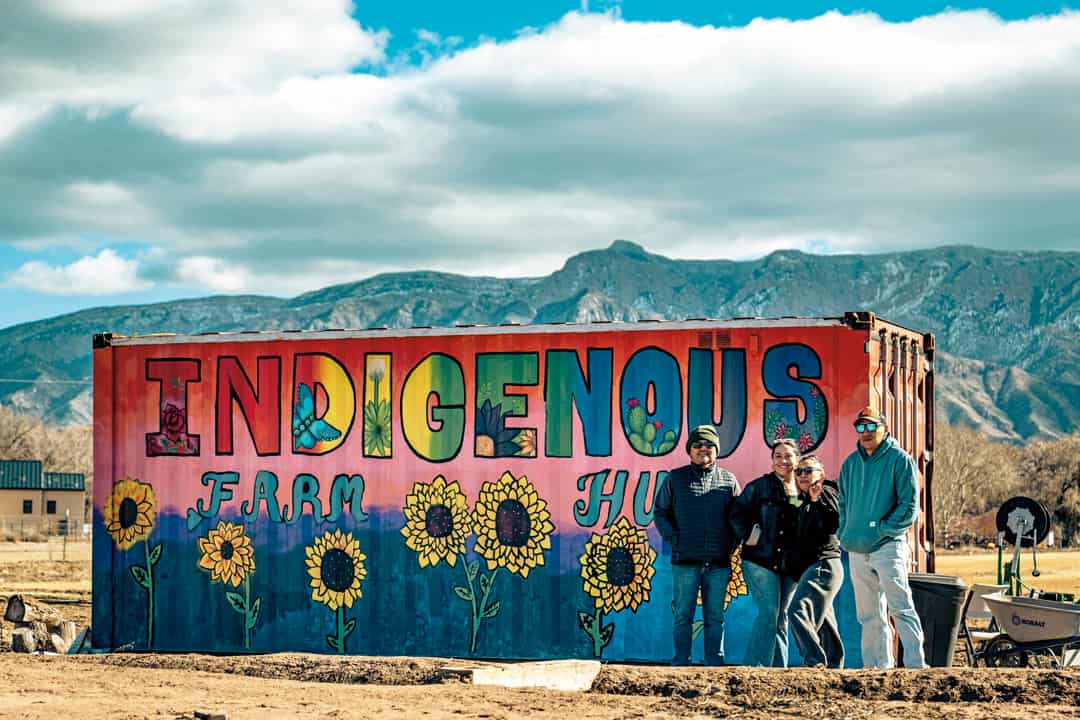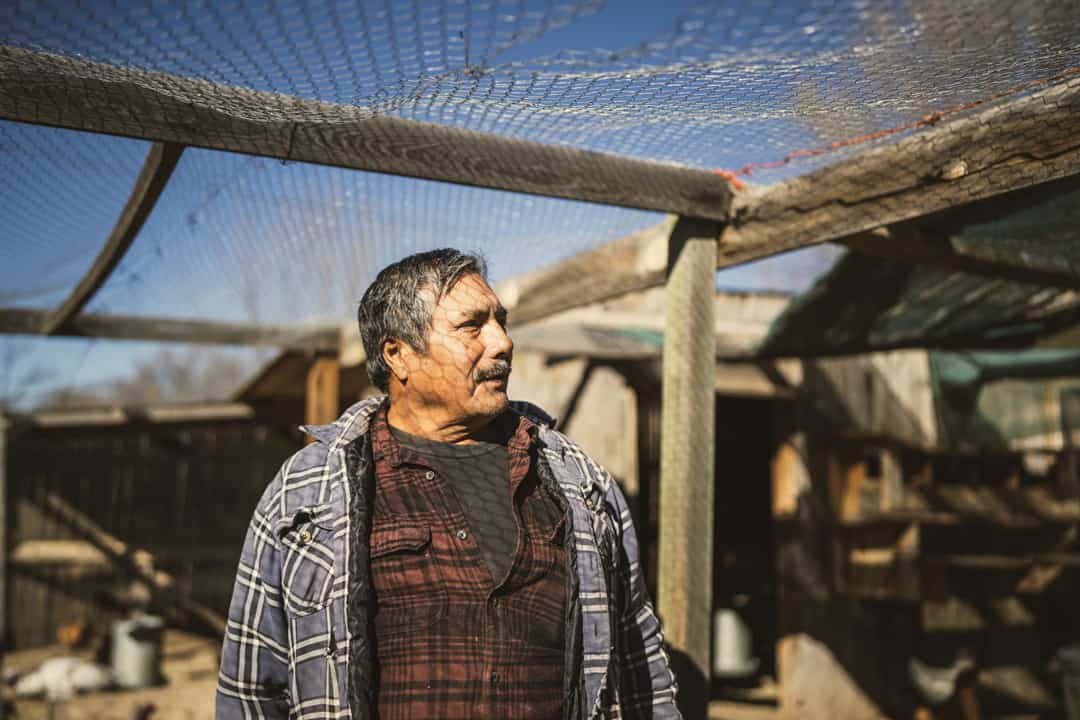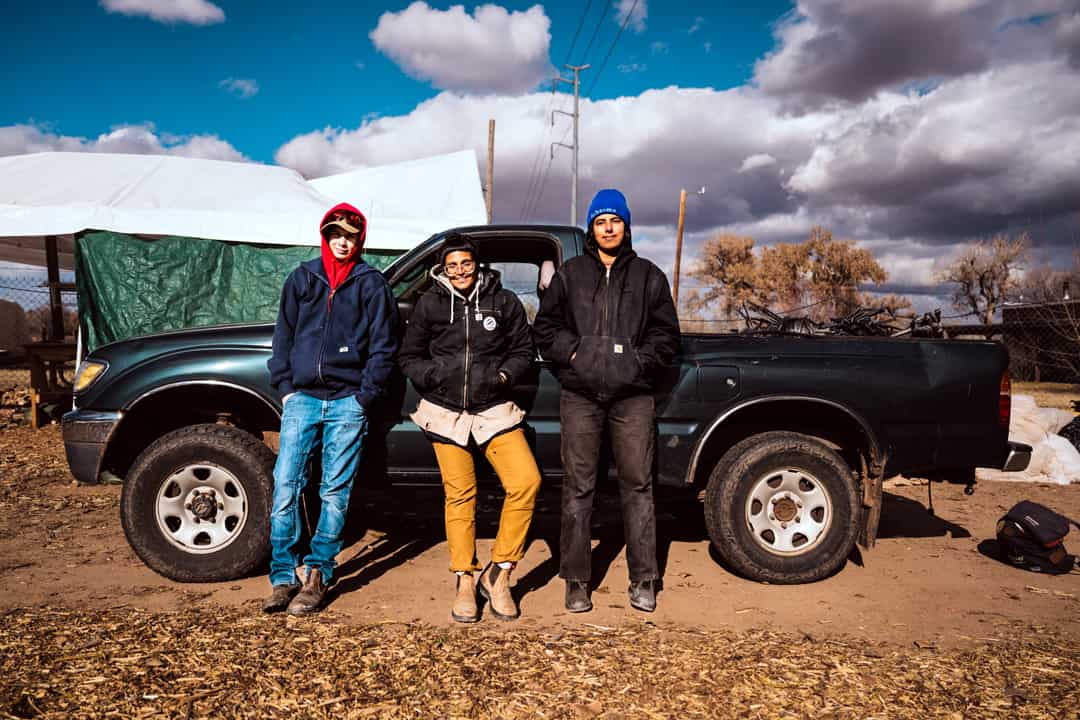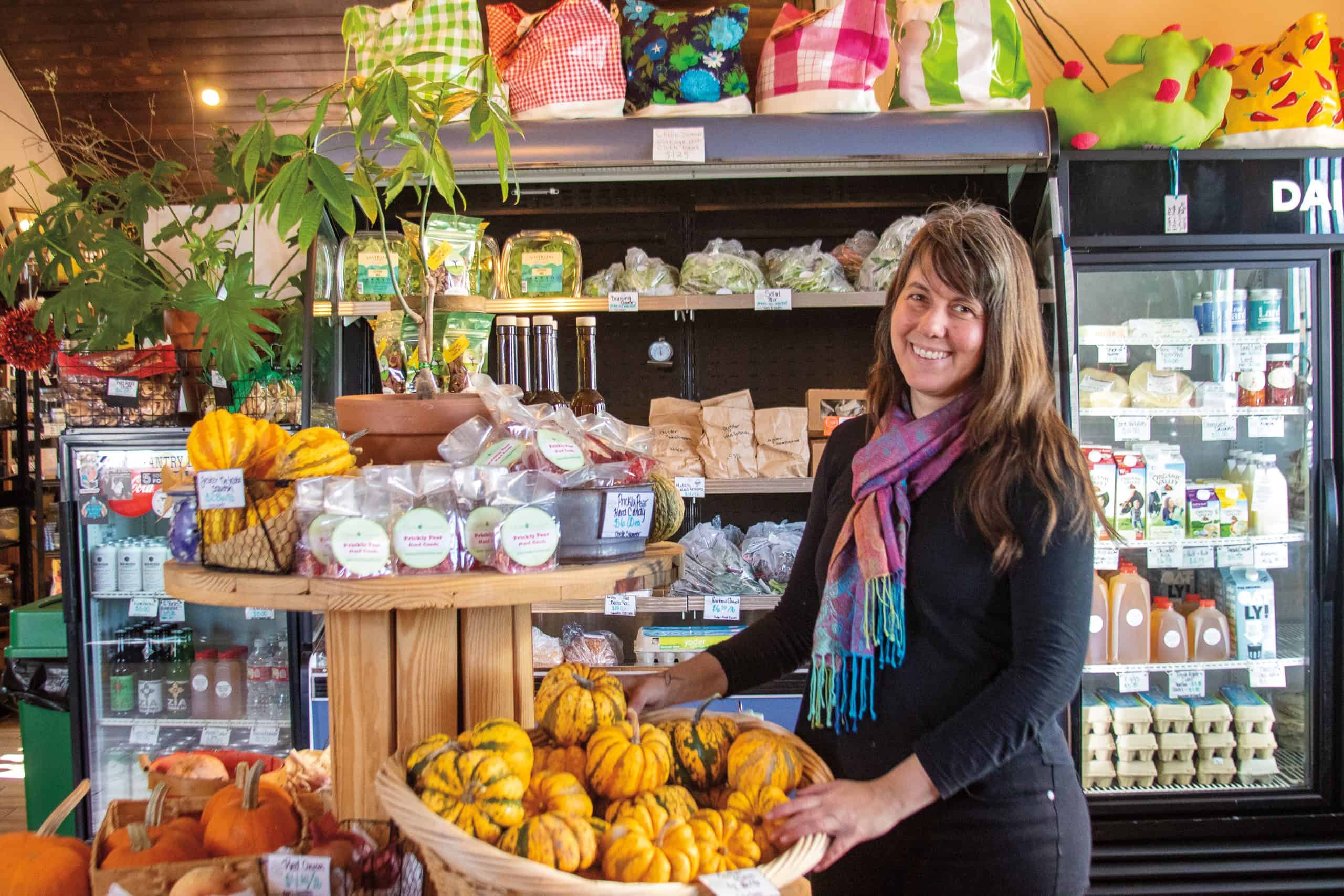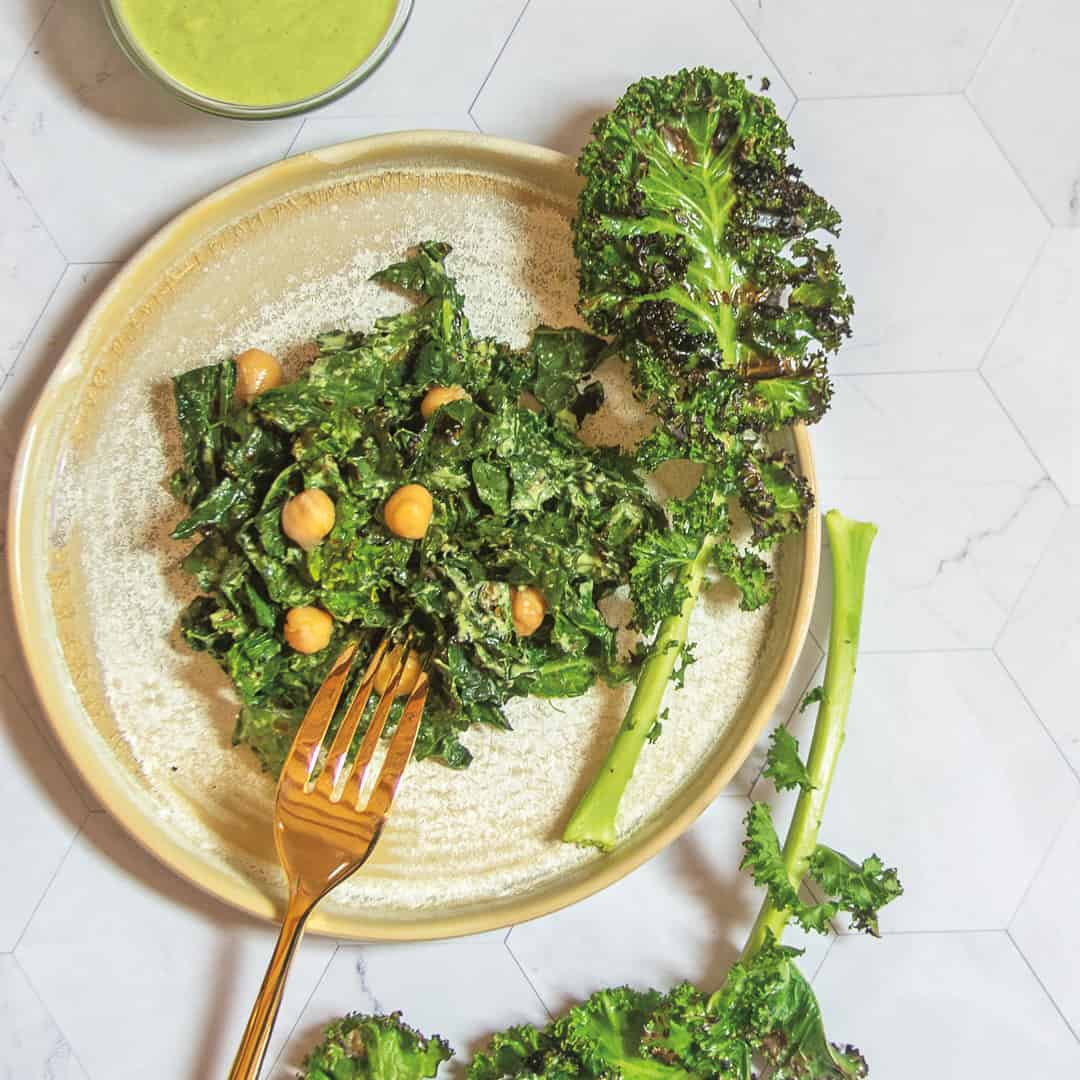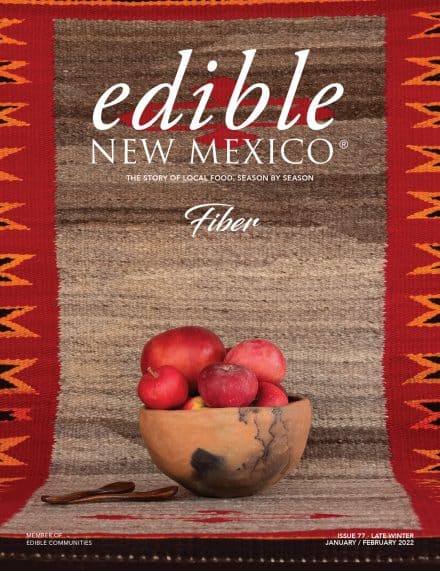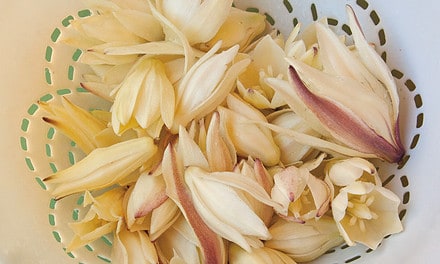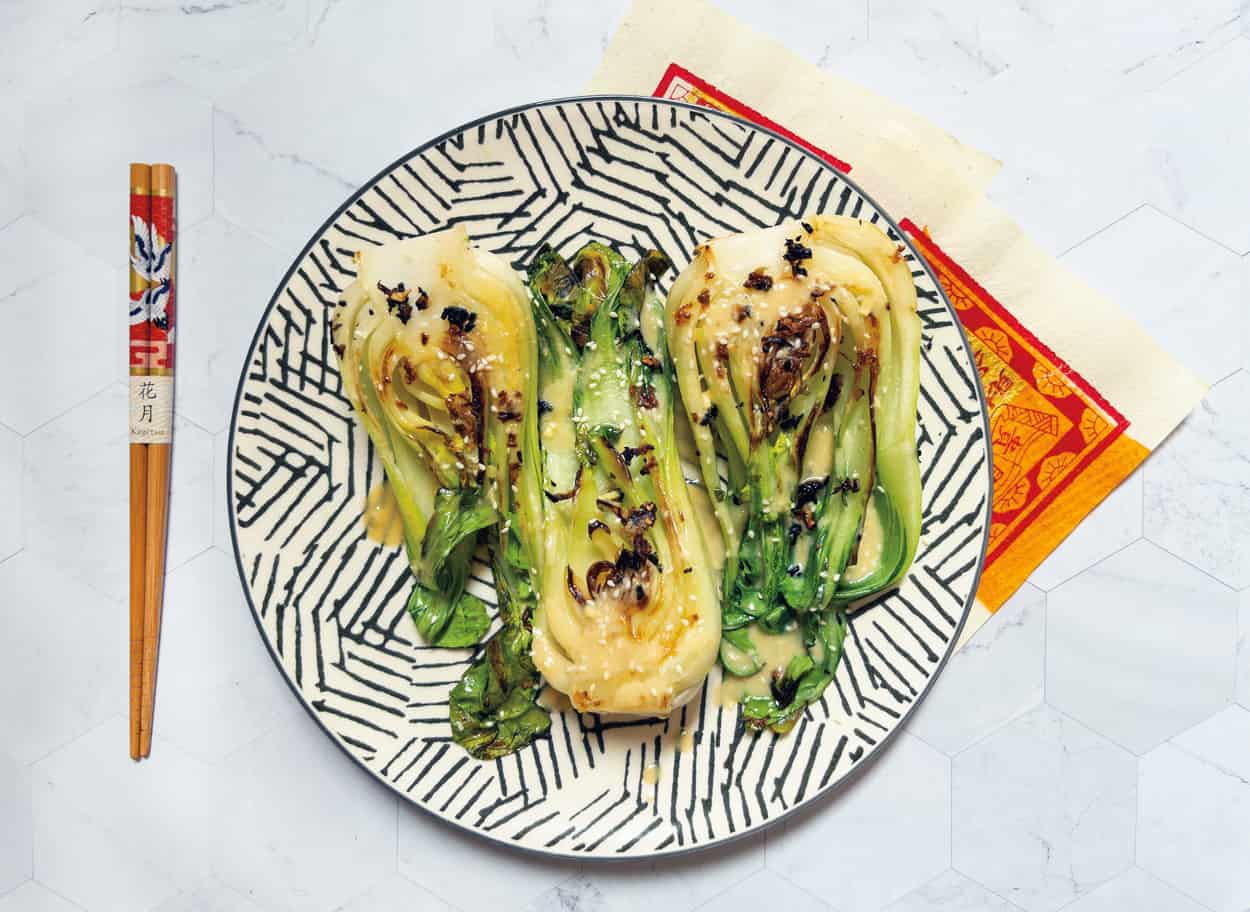To be a farmer in the here and now means existing at a time when the average age of a farm producer in the United States is fifty-seven years old. It means competing in a field increasingly dominated by robots and consolidation. It means going against the grain, choosing the outdoors, the tactile, the scent of onions freshly pulled from the earth. It means, more than ever, adapting to a constant state of uncertainty and change.
In this issue of edible, we celebrate the people who commit to that labor. In particular, these pages center agriculturalists who practice the art of growing vegetables. We visit three farms in north and central New Mexico, each unique in vision, structure, and the cumulative experience of the farmers who tend to it. While there is no “average” farmer, their portraits offer windows into some of the dialogue taking place among local growers. Water, as Shahid Mustafa notes, concerns them—and us—all. Writing from his farm in La Union, Mustafa reflects on the profound uncertainty of the water supply for farmers south of Elephant Butte.
In a survey shared with farmers and CSA programs as we worked on this issue, we asked, “If resources were no issue, what are the first three things you’d do on your farm?” Many answered as you might expect, listing off vital equipment (tractors, coolers, fencing) and sharing a desire to hire more staff and/or give raises. Some want to create space for community or donate more food. And several mentioned goals related to improving irrigation, whether with water catchment, new wells, or drip lines.
“This question will never make sense,” one farmer replied, meaning, for farmers, resources are always an issue. “There is a disconnect,” another wrote, “between the call for more quality local produce and the understanding of the level of resources needed by farmers to answer that call.”
What does it mean to value the vegetables you eat? How can we, not only as individuals but as a collective, better support those growing? We offer a spectrum of answers, from farm-to-table dining options to opportunities for direct support of growers to planting the seed of action: understanding. The results are somewhat like the greens of the cruciferous family—delicious despite being good for you.
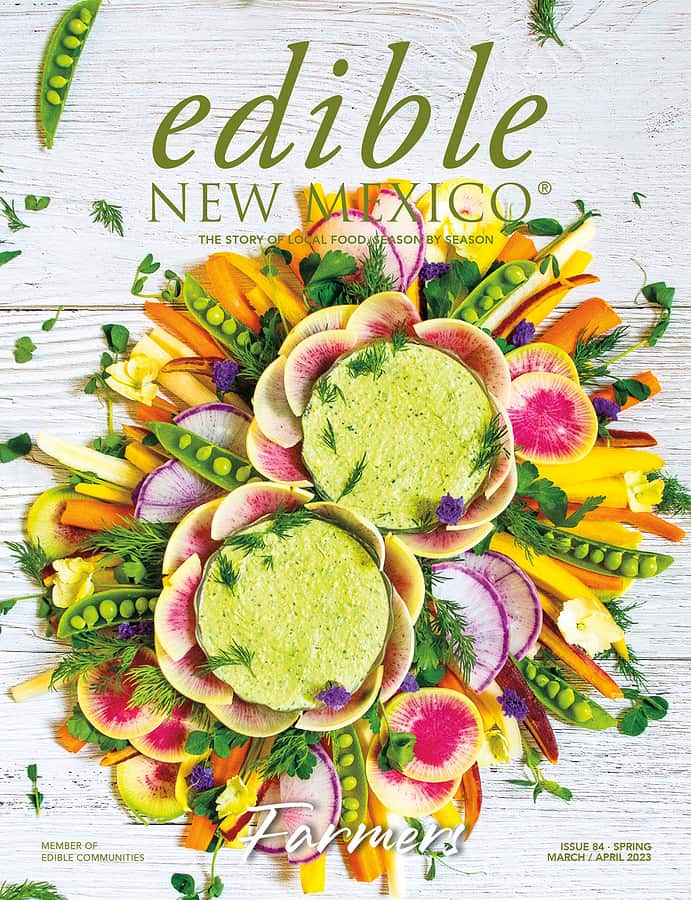
To be a farmer in the here and now means existing at a time when the average age of a farm producer in the United States is fifty-seven years old. It means competing in a field increasingly dominated by robots and consolidation. It means going against the grain, choosing the outdoors, the tactile, the scent of onions freshly pulled from the earth. It means, more than ever, adapting to a constant state of uncertainty and change.
In this issue of edible, we celebrate the people who commit to that labor. In particular, these pages center agriculturalists who practice the art of growing vegetables. We visit three farms in north and central New Mexico, each unique in vision, structure, and the cumulative experience of the farmers who tend to it. While there is no “average” farmer, their portraits offer windows into some of the dialogue taking place among local growers. Water, as Shahid Mustafa notes, concerns them—and us—all. Writing from his farm in La Union, Mustafa reflects on the profound uncertainty of the water supply for farmers south of Elephant Butte.
In a survey shared with farmers and CSA programs as we worked on this issue, we asked, “If resources were no issue, what are the first three things you’d do on your farm?” Many answered as you might expect, listing off vital equipment (tractors, coolers, fencing) and sharing a desire to hire more staff and/or give raises. Some want to create space for community or donate more food. And several mentioned goals related to improving irrigation, whether with water catchment, new wells, or drip lines.
“This question will never make sense,” one farmer replied, meaning, for farmers, resources are always an issue. “There is a disconnect,” another wrote, “between the call for more quality local produce and the understanding of the level of resources needed by farmers to answer that call.”
What does it mean to value the vegetables you eat? How can we, not only as individuals but as a collective, better support those growing? We offer a spectrum of answers, from farm-to-table dining options to opportunities for direct support of growers to planting the seed of action: understanding. The results are somewhat like the greens of the cruciferous family—delicious despite being good for you.
Sam Coca, Bar Castañeda
Sam Coca of Bar Castañeda in Las Vegas is the 2022 Local Hero for Mixologist.
Water is Life
In “Water Is Life,” Shahid Mustafa reflects on what extended drought means for southern New Mexico farmers.
Bok Choy with Miso Ginger Dressing
A well-stocked pantry ensures you can pull together this simple Bok Choy with Miso Ginger Dressing on short notice.
New Mexico Staples
Located in the heart of downtown Albuquerque, Es Que Market is where power couple Jessica and David Swan combine their lifelong involvement in regenerative agriculture, community advocacy, and the culinary world for an experience that goes well beyond breakfast burritos.
Yucca Blossoms
Ellen Zachos highlights the versatility of New Mexico’s state flower in “Yucca Blossoms: They Taste As Good As They Look.”
Mushroom Ragu
This edition of Edible Ingredient offers up a Mushroom Ragu recipe featuring local Full Circle Mushrooms.
Peak Flavors
Candolin Cook heads to northern New Mexico for an inside look at four-season farming and some of the chefs who are highlighting local winter produce.
Radish Terrine with Chile Crisp (or Balsamic)
This Radish Terrine with Chile Crisp (or Balsamic if you prefer a non-spicy version) is worth the investment in a set of silicone mini loaf pans—which you can use later to experiment with compound butters—and can be served with slices of fresh baguette for a...
Hakurei Turnips with Spicy BONITO Lemon Dressing
Our recipe for Hakurei Turnips with Spicy Bonito Lemon Dressing highlights the sweetness of these root veggies, which are mild enough to be eaten raw but are also delightful when roasted.
The Grove Cafe and Market
The Grove Cafe & Market, the 2022 Local Hero for Sustainability: Waste Reduction, sources local food and implements recycling and composting programs to reduce waste.
Community Supported Agriculture
Community supported agriculture (CSA), or farm shares, is one way consumers can directly support local farmers and invest in the local food system.
Christina Keibler
Olla Award By Lynn Cline The Olla Award recognizes individuals who have made significant contributions in the realm of good food work in New Mexico, and who are creating a more robust local food system. Nominations are submitted by the general public and the winner is...
Watermelon Radish Slaw
This versatile, bright, and tangy Watermelon Radish Slaw can be served as a side, added to a salad or sandwiches, or used to top your favorite seafood dish or tacos.
Shepherd’s Lamb
Shepherd’s Lamb, the 2022 Local Hero for Farm/Ranch, Northern New Mexico, produces high-quality lamb and pelts as well as premium wool products including hand-dyed yarn, handwoven items, and wool blankets.
INDIGENOUS FARM HUB
The Indigenous Farm Hub (IFH) cultivates seventeen acres in Corrales, providing 140 families with produce through their CSA program.
Jesus Guzman
Jesus Guzman farms on about six acres split between four parcels in Nambé, growing blue and red corn, chicos, beans, onions, peas, garlic, and, lately, drought-tolerant asparagus.
Ashokra Farm
The farmers at Ashokra Farm in Albuquerque’s North Valley have a dream of collective ownership, a model integrating shared responsibility, shared management, and shared profits.
Tiny Grocer ABQ
Tiny grocer ABQ, the 2022 Local Hero for Food Shop, sources local products for their combined grocery, apothecary, and café space in Old Town, resulting in an ever-changing selection based on seasonality and availability.
Grilled Kale with Spicy Avocado Dressing
Charred kale leaves change up the usual lettuce plan for salads. Radicchio, romaine, and swiss chard are also good contenders for the grill.

